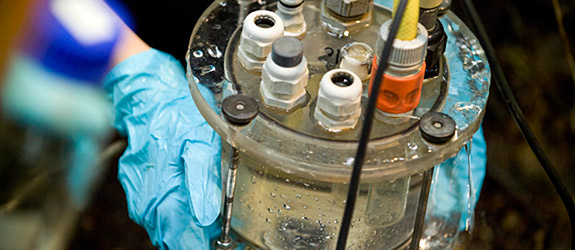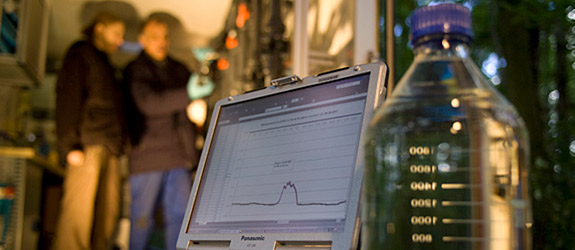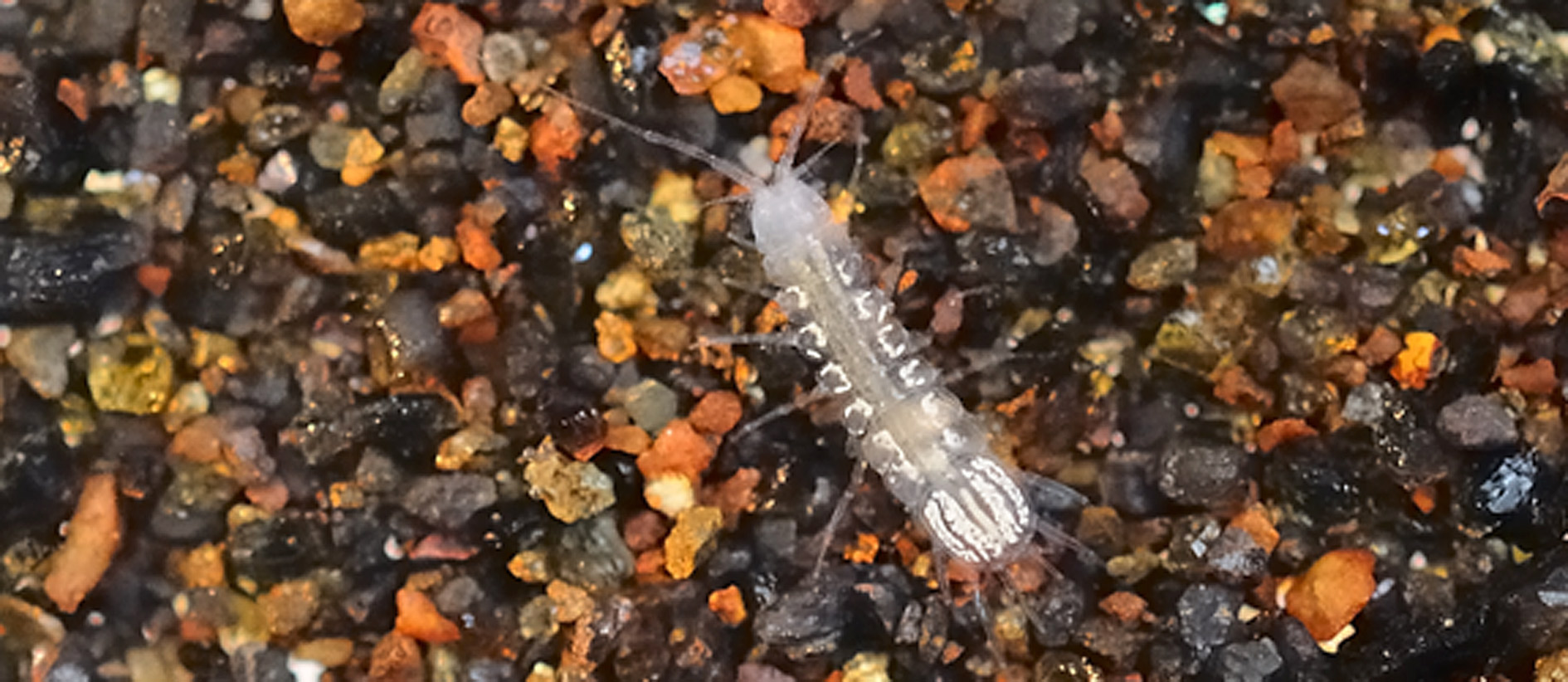Groundwater Ecology
Although we cannot see it, from a quantitative perspective it accounts for the largest part of our available water resources: groundwater. It is an integral part of our everyday lives, as it is our most important source of drinking water. Ground water is used for irrigation in agriculture and as coolant and solvent in industry. Yet not only mankind, but also the functioning of ecosystems rely on the quantity and quality of groundwater. At the same time, climate change and land-use change are followed by exponentially growing claims for water utilisation and what is more – the global population explosion is accompanied by an increasing risk of groundwater contamination from pollutants and pathogenic organisms.
For this reason we are investigating the complex ecological and geochemical processes that control the transport, residual levels and natural attenuation of groundwater contaminants, as well as the ecological status of groundwater. In doing so, we are taking into account different temporal and spatial dimensions. Transition zones and ecotones prove to be particularly fascinating, as from a biological perspective these very active zones act as important barriers against increasing inputs of contaminants in groundwater ecosystems and assist in breaking down pollutants. It is our goal to develop sustainable concepts geared towards protecting and managing our subsurface water resources and ecosystems.
For more information click here.



